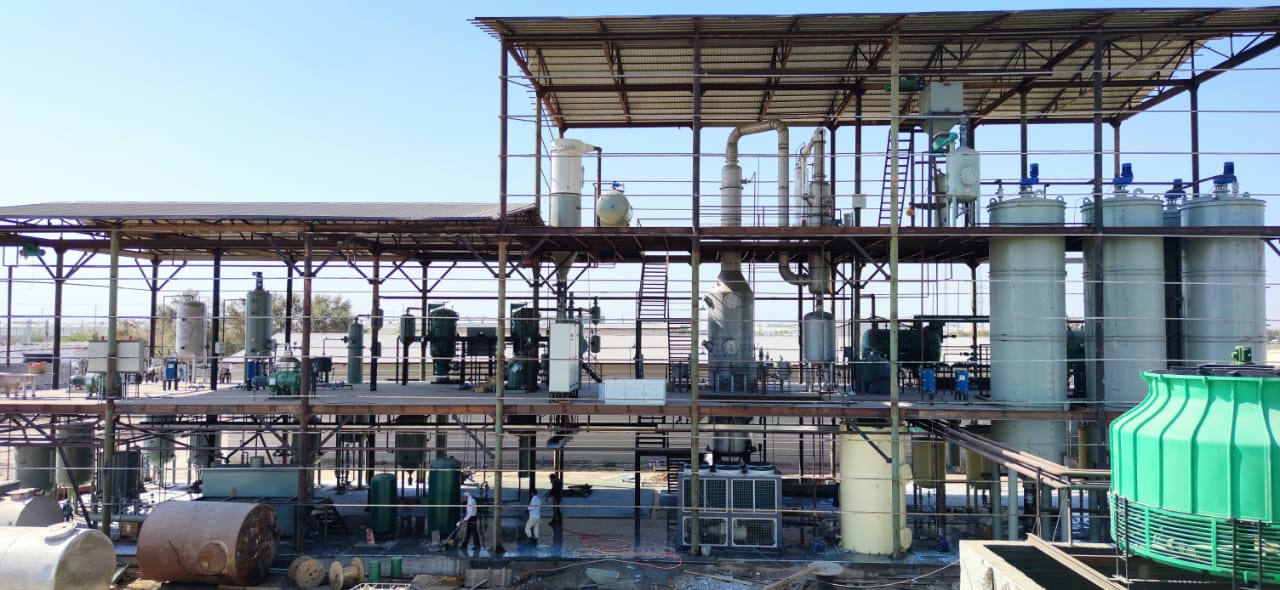As a professional in the oil extraction industry, I can vouch for the importance of a Soya Oil Extraction Plant designed for maximum efficiency and yield. In these facilities, oil is extracted from soybeans utilizing various methods tailored to production scale and aims.
These plants primarily employ mechanical pressing, making them cost-effective options, particularly suitable for local businesses. Although their oil yield may be limited compared to larger operations, they require lower investment and simpler operations.
In contrast, large-scale extraction plants implement both mechanical pressing and solvent extraction, achieving superior oil yields. Such facilities can process large quantities of soybeans and include advanced refining units to enhance oil quality.
Post-extraction, the crude oil undergoes several refining steps to remove impurities.
In the initial stages, soybeans are cleaned and dehulled to ensure efficient oil extraction.
Crushing and flaking facilitate the accessibility of oil cells, crucial for subsequent extraction.
This stage involves heating soybean flakes to increase extraction efficiency.
Soya oil extraction can be achieved through:
Following extraction, both oil and solvent are separated, enhancing the nutritional value of the remaining materials.
Filtration processes ensure the oil's purity before refining.

Widely used in cooking and food production, soybean oil is a staple in various cuisines.
Soybean oil plays a vital role in manufacturing biodiesel and other non-food products.
Soy lecithin is a common emulsifying agent found in many cosmetic and pharmaceutical products.
In conclusion, establishing a Soya Oil Extraction Plant requires strategic planning and advanced technology to ensure optimal oil yield and quality. I welcome any inquiries regarding plant designs, cost estimations, or machinery suppliers. Let's optimize your operations together!


